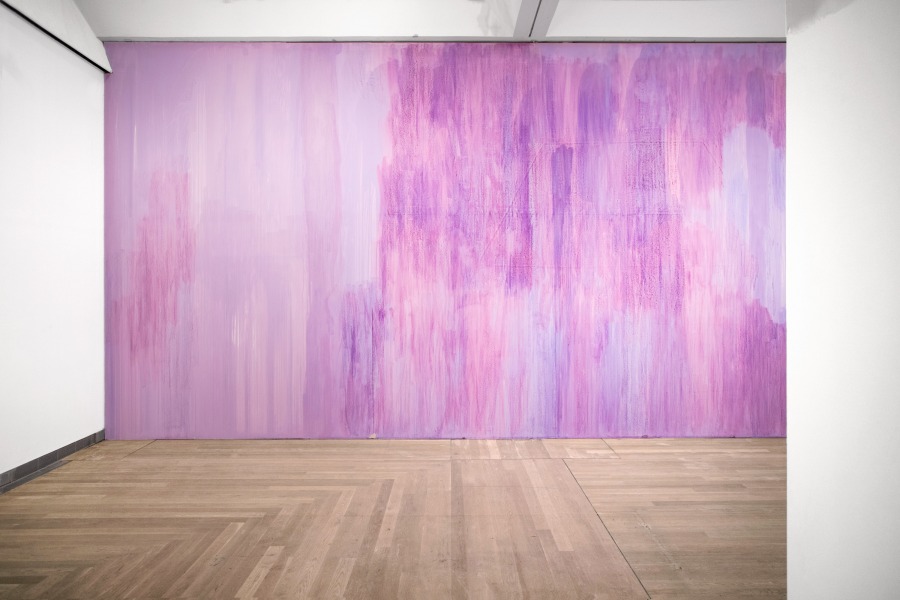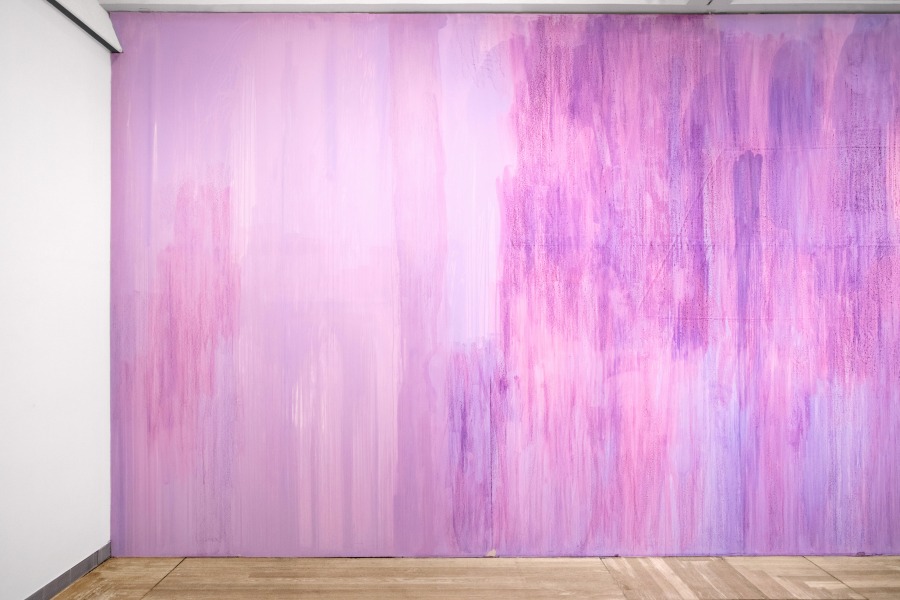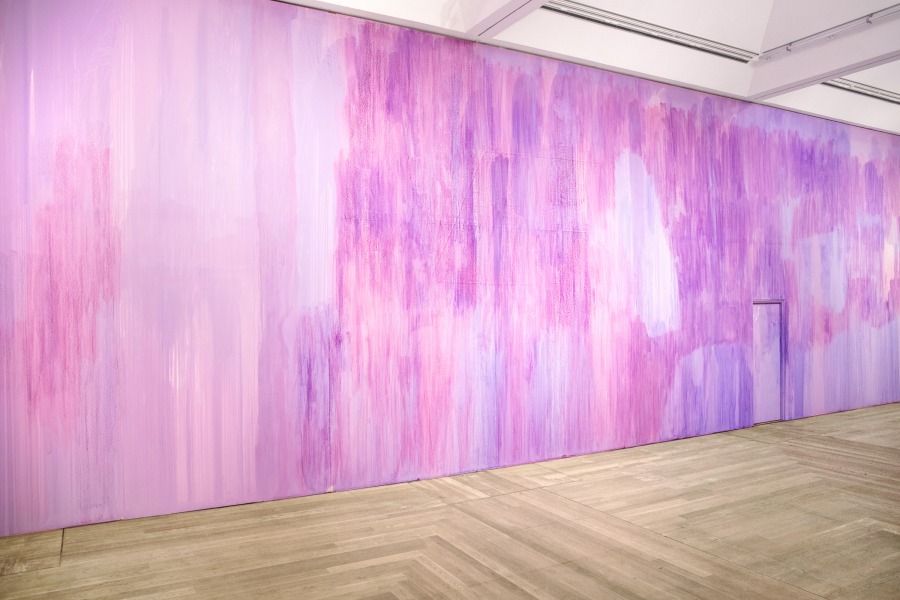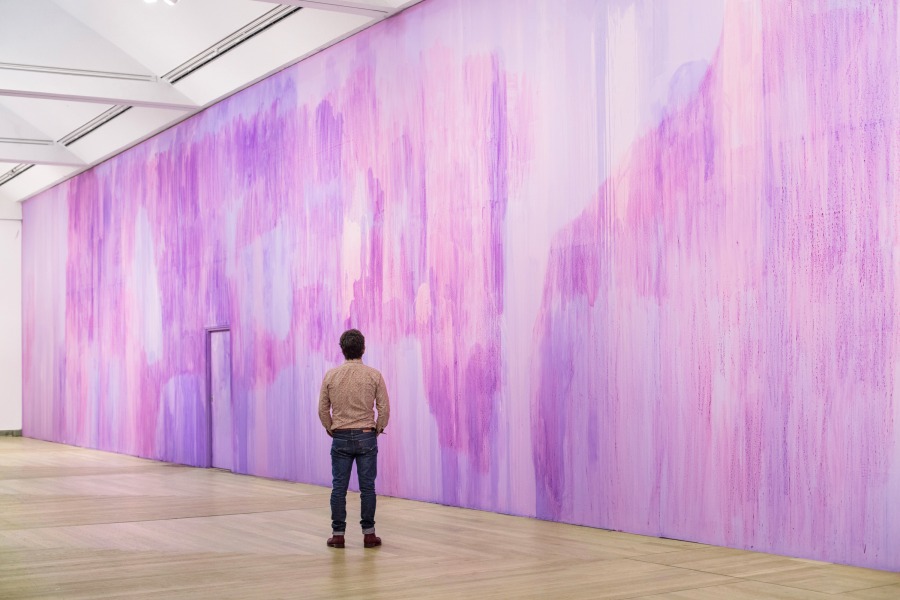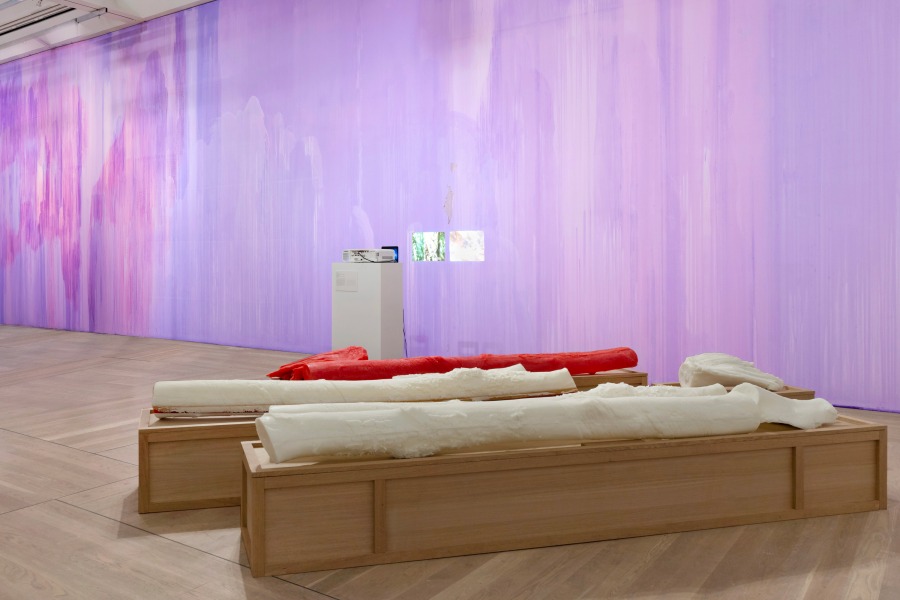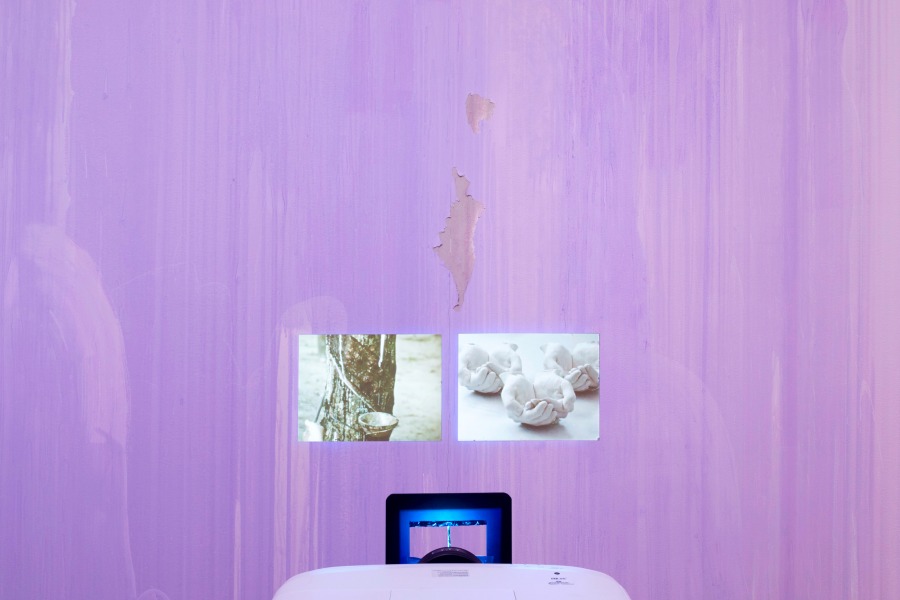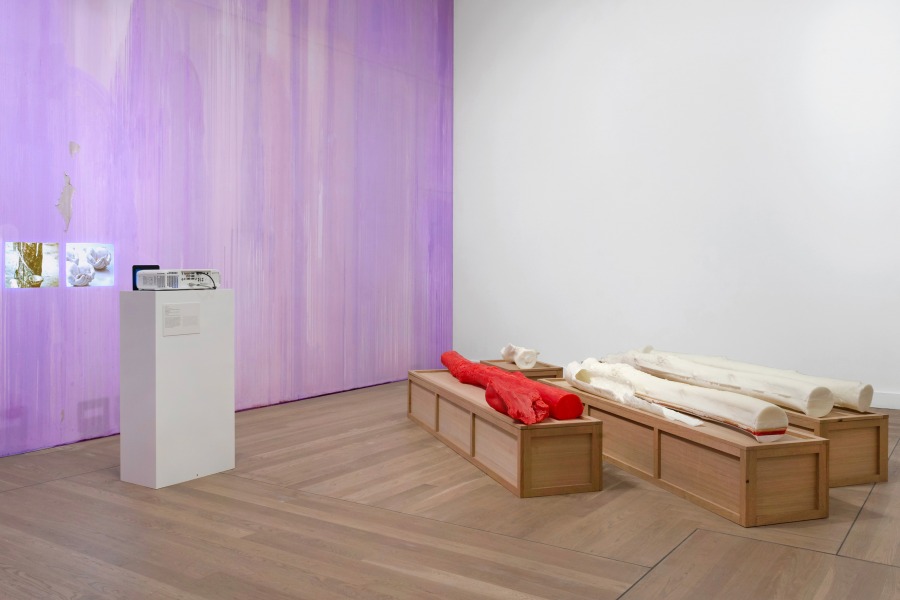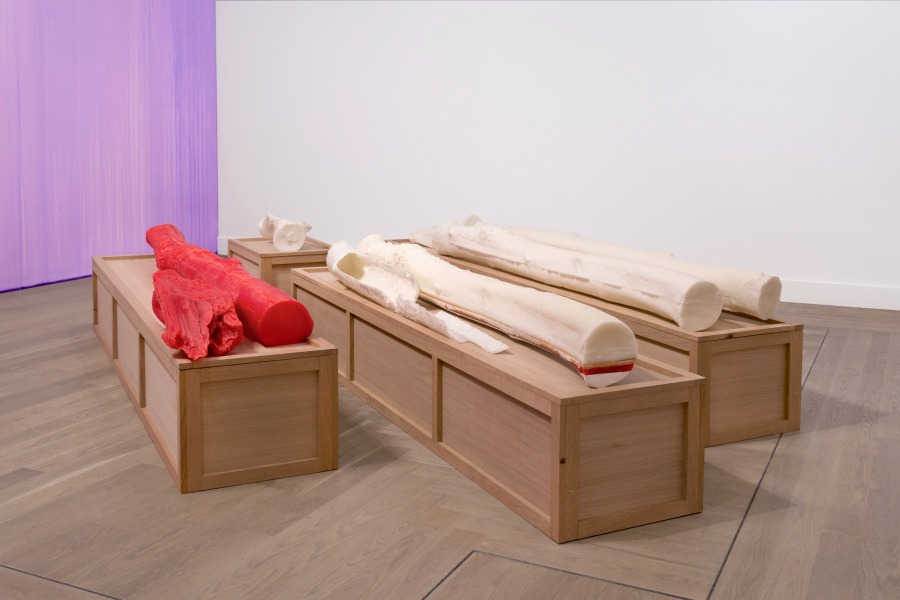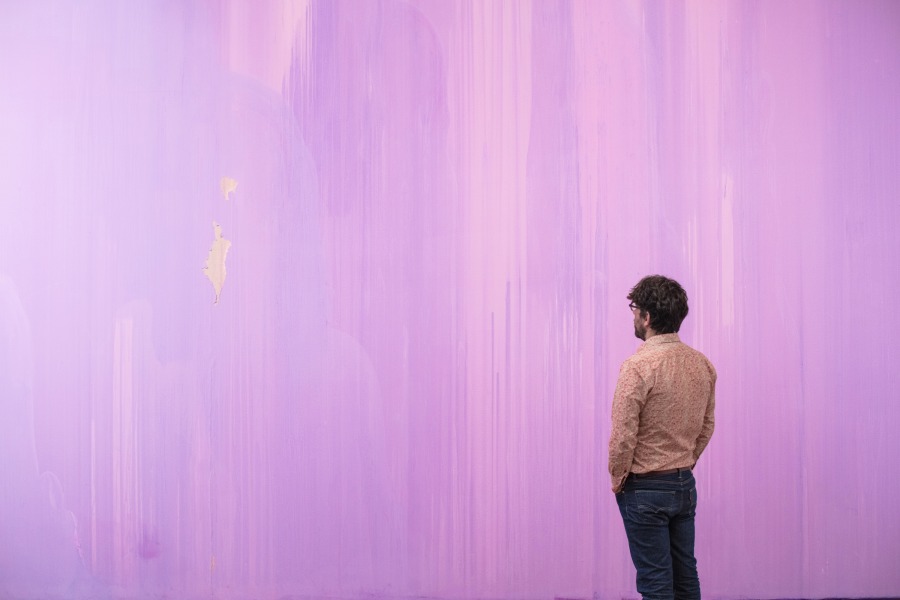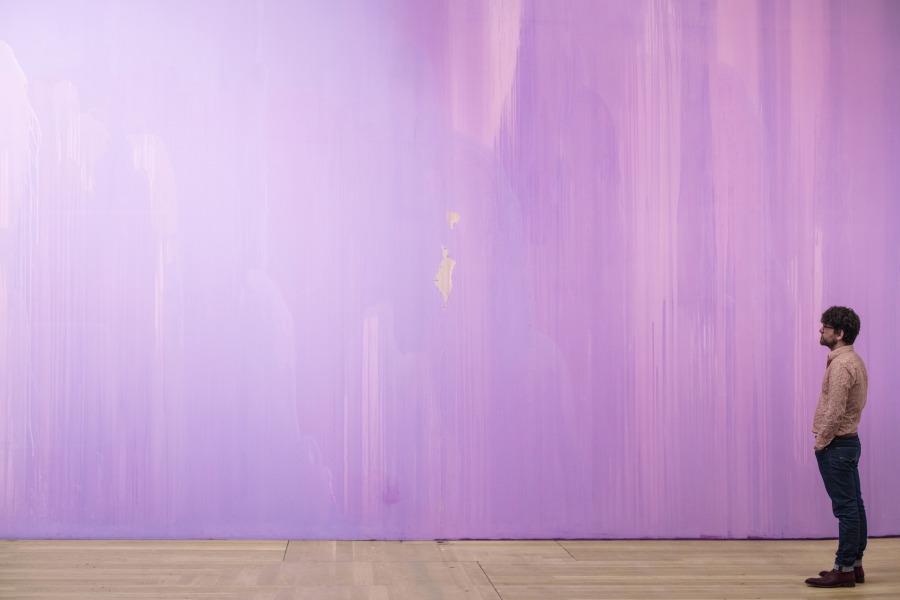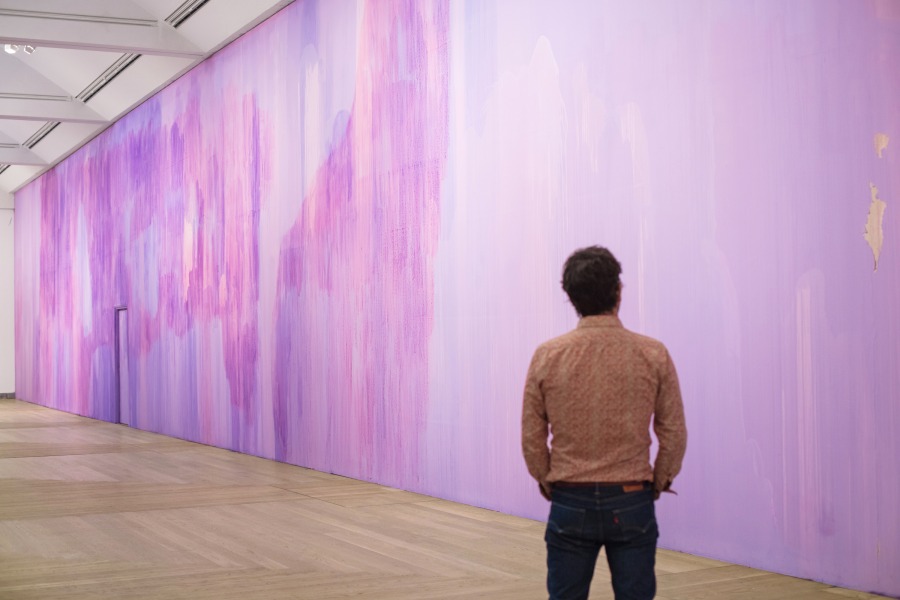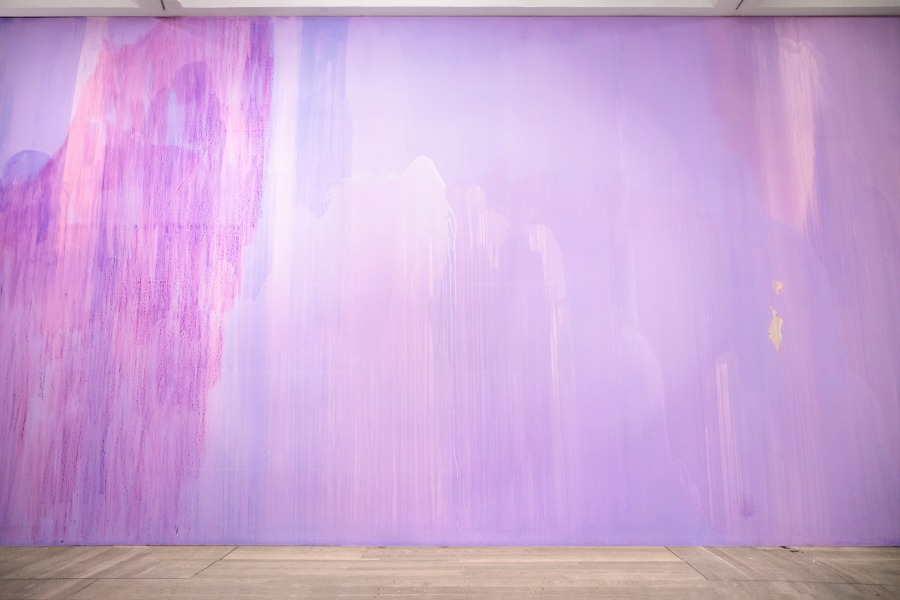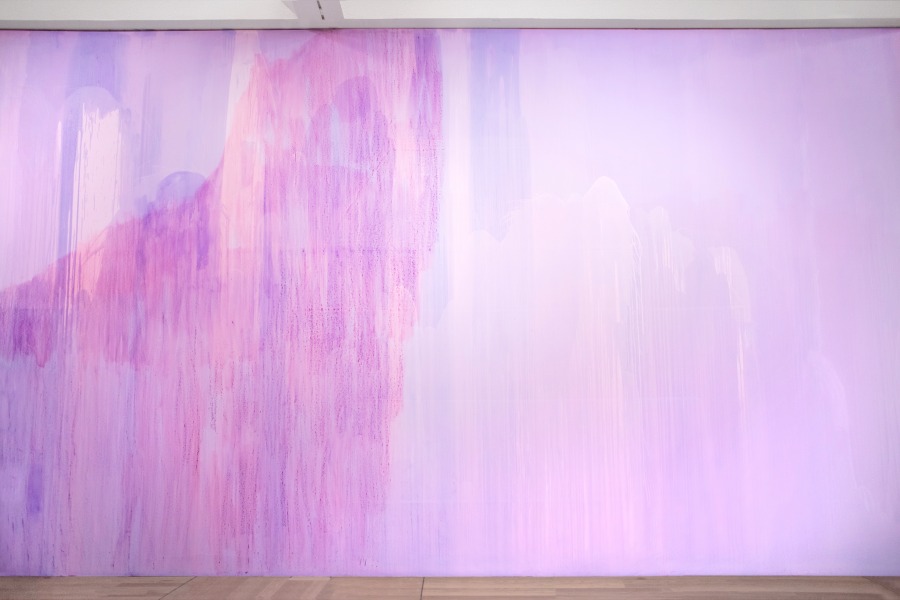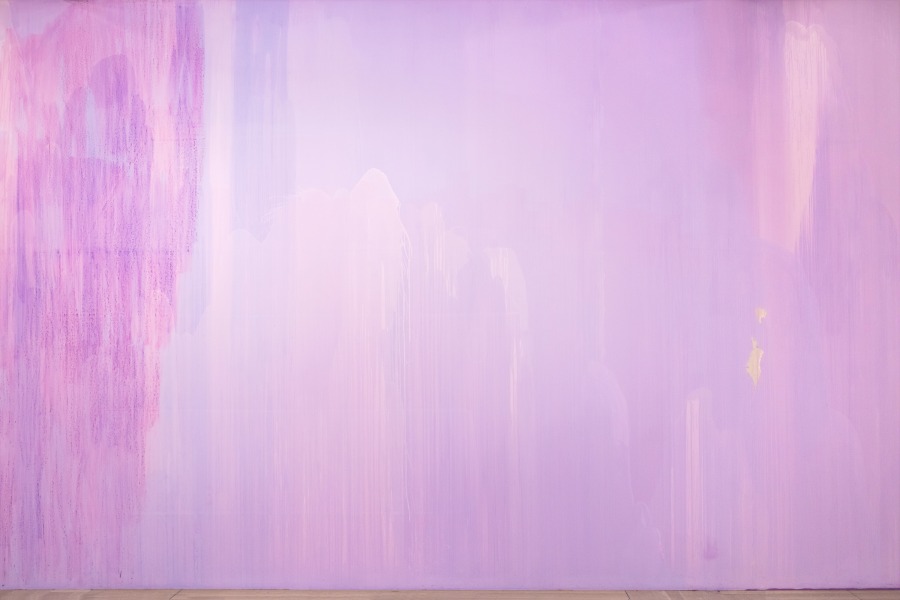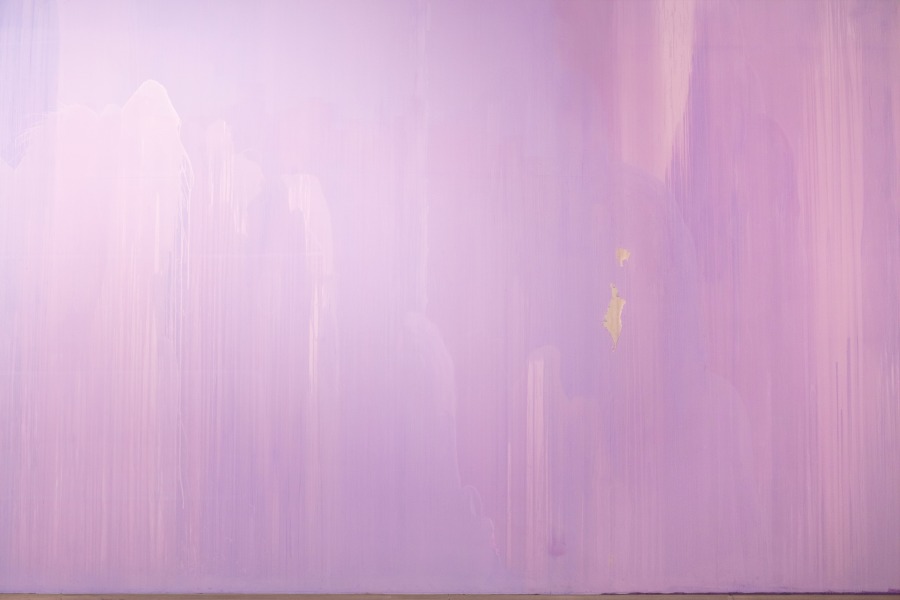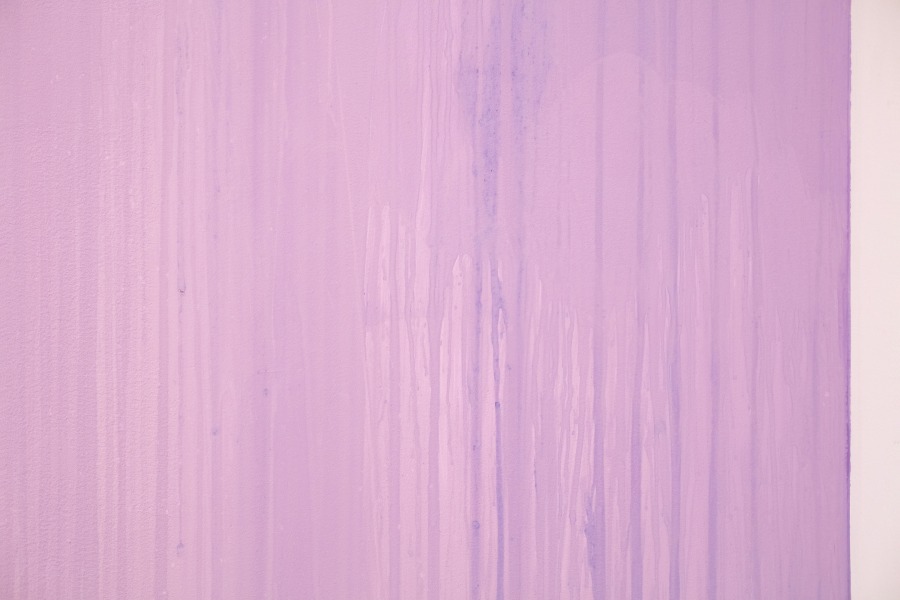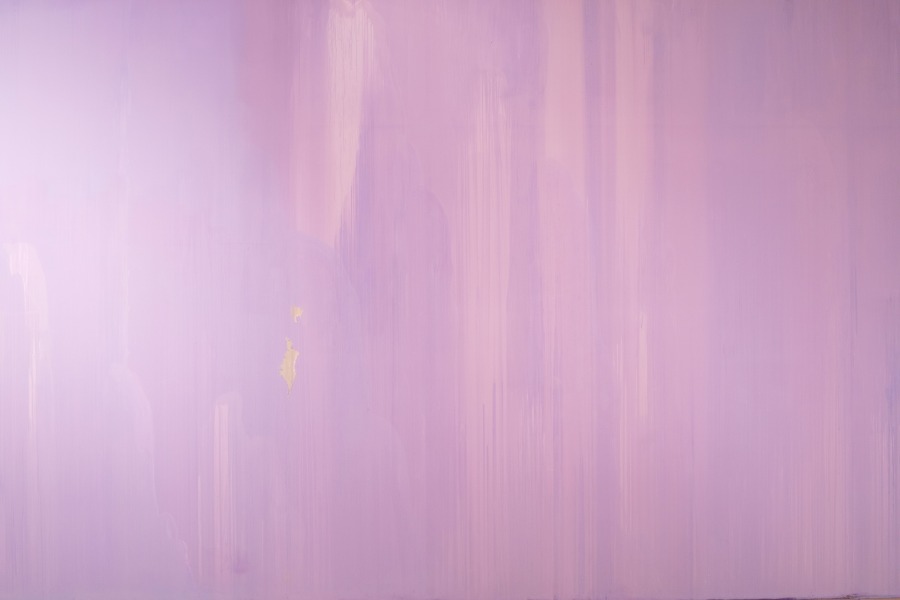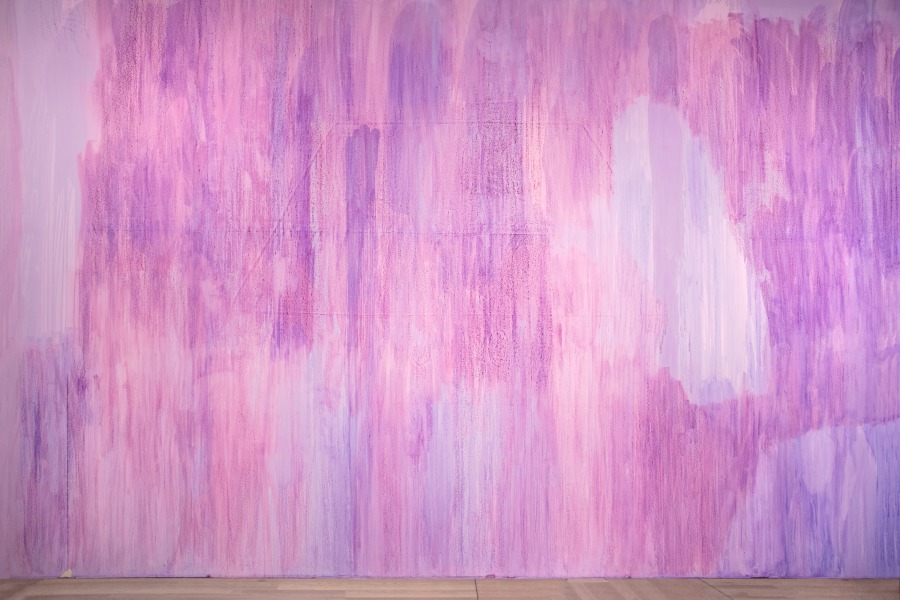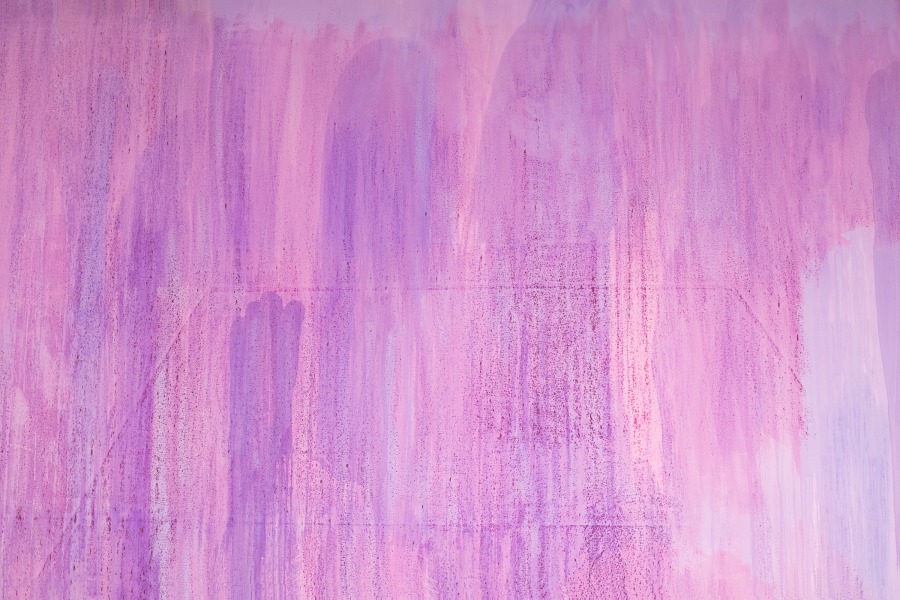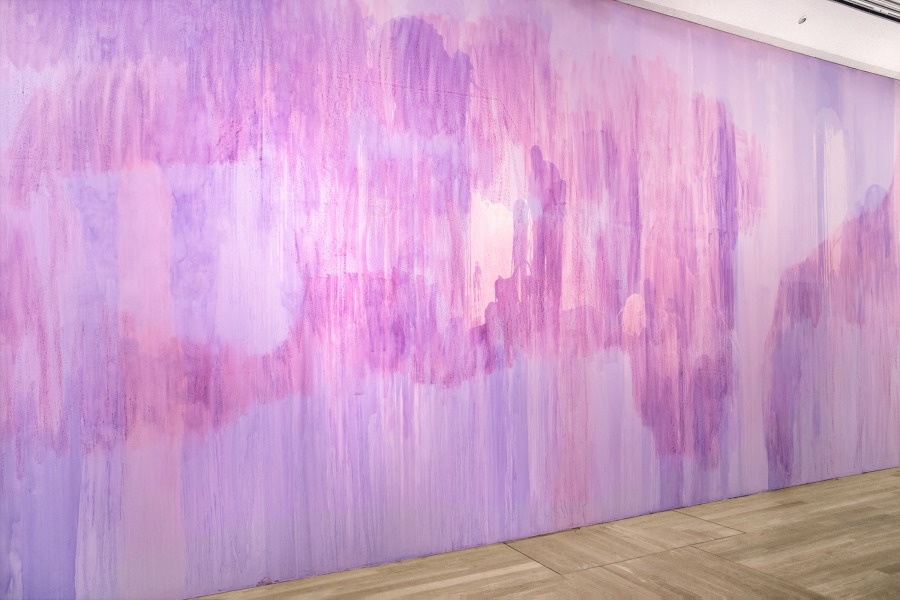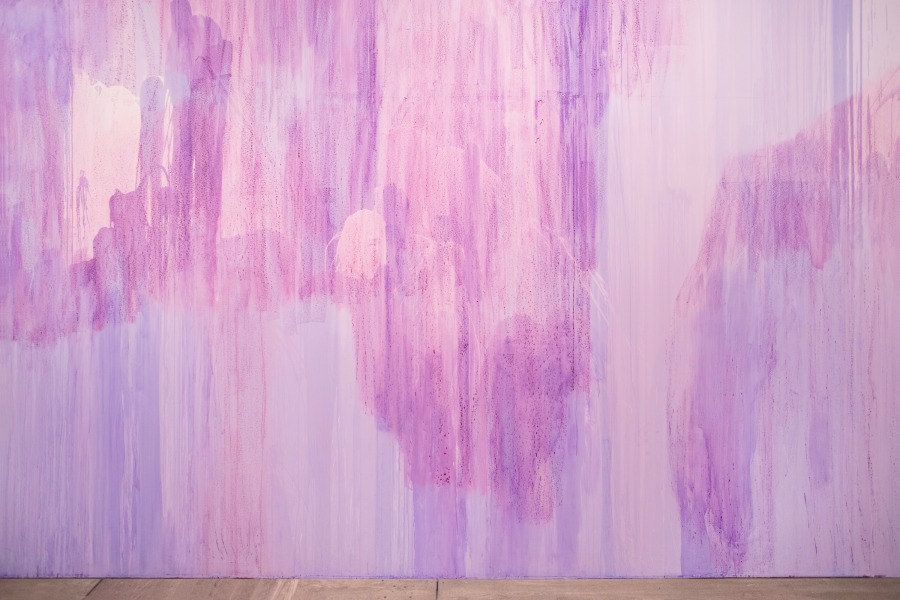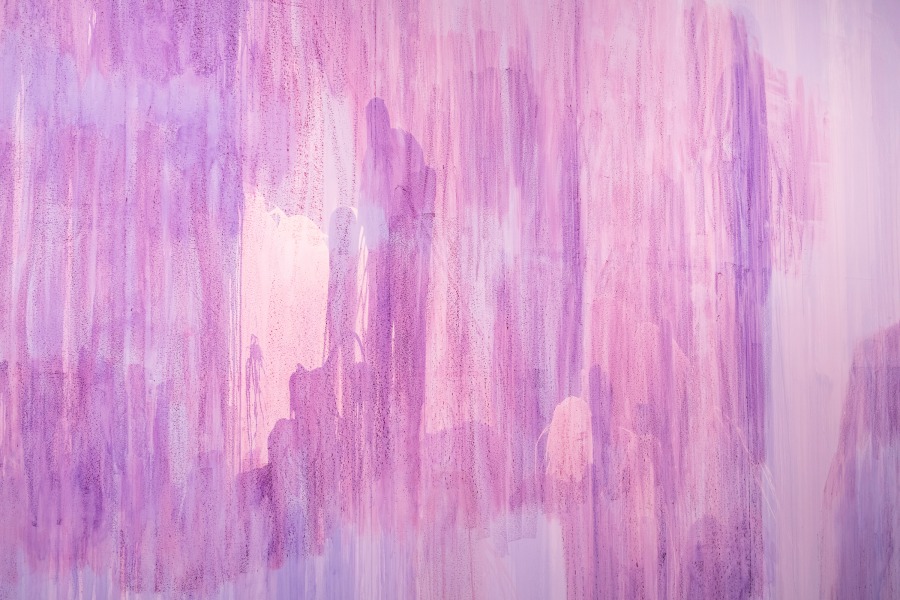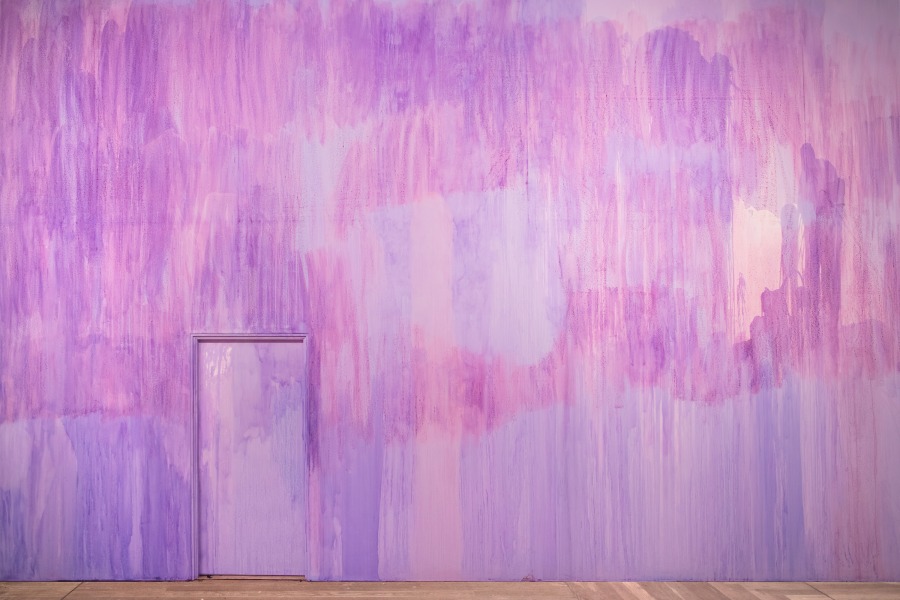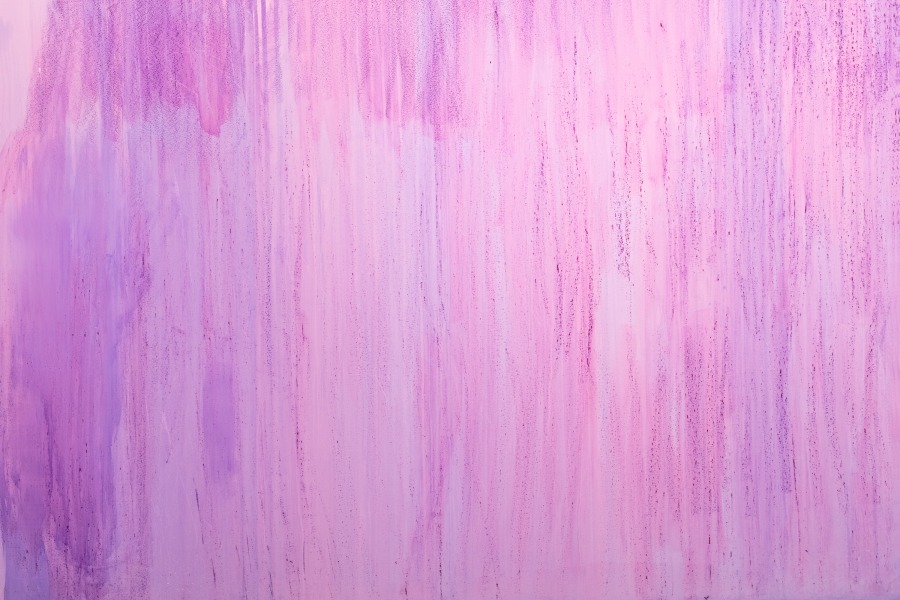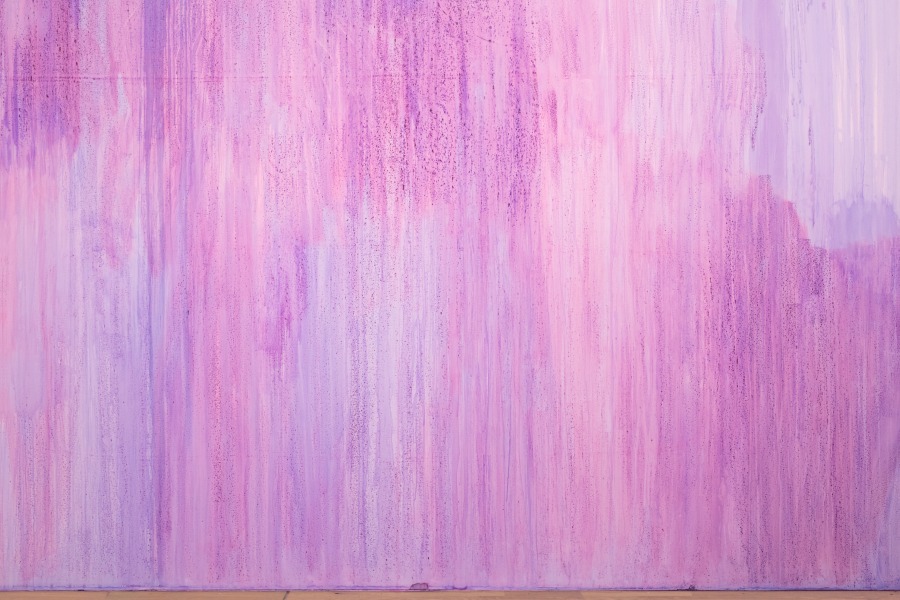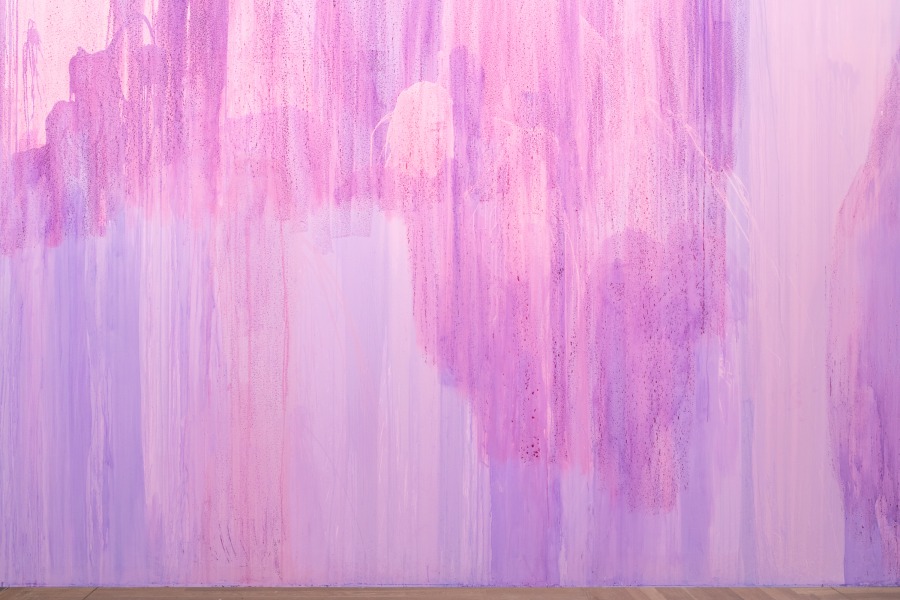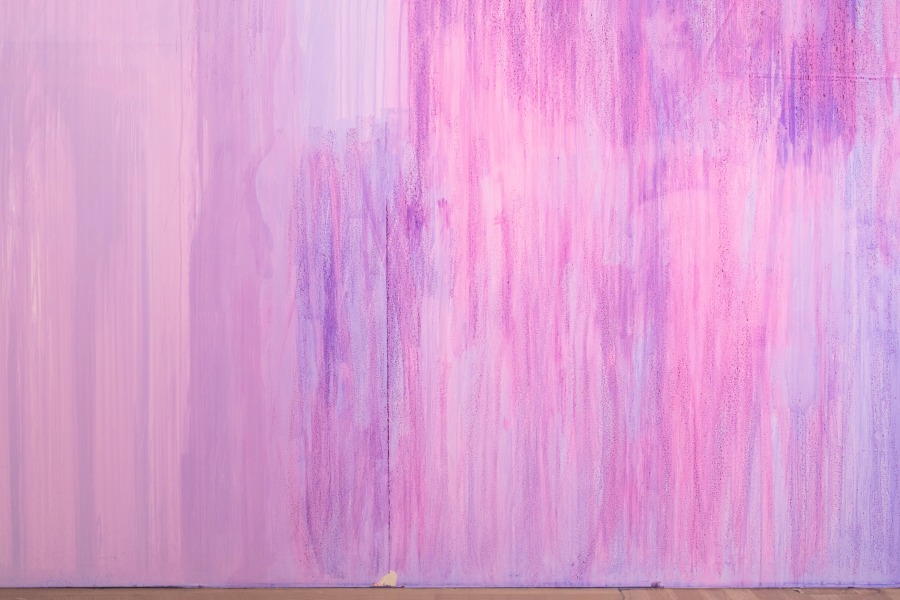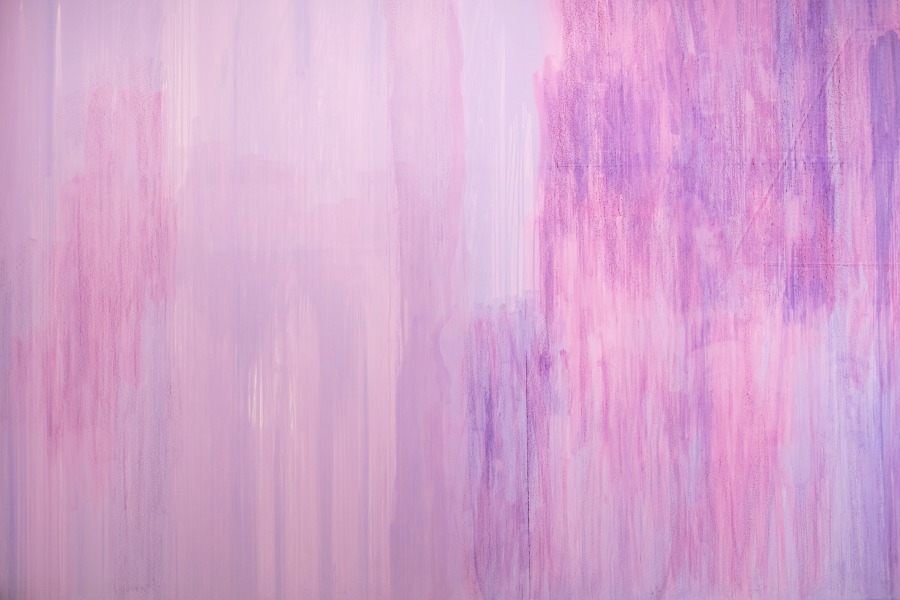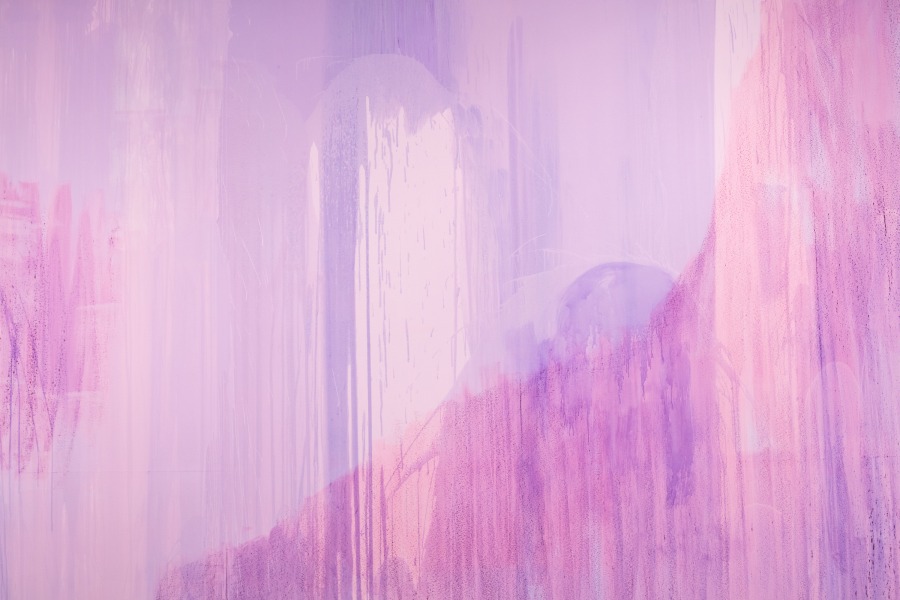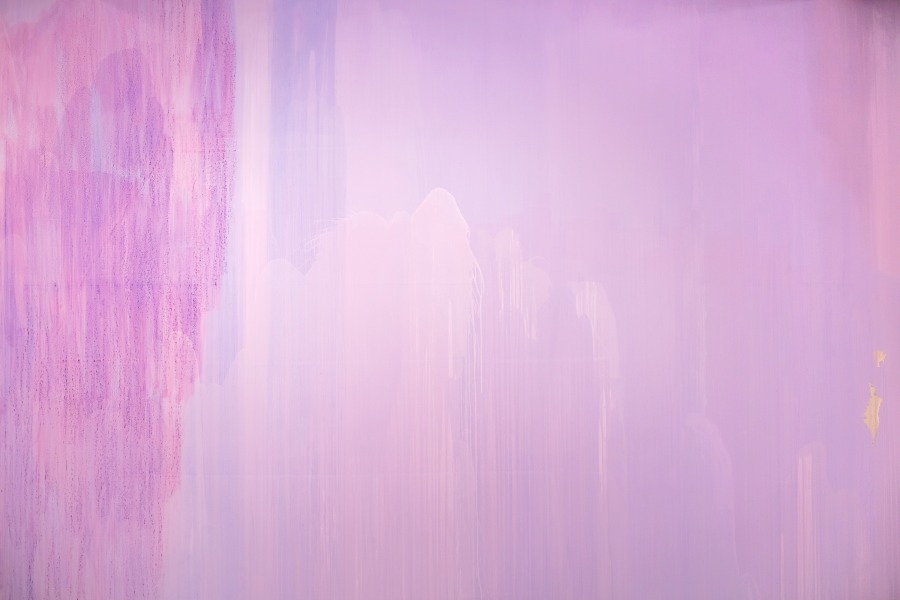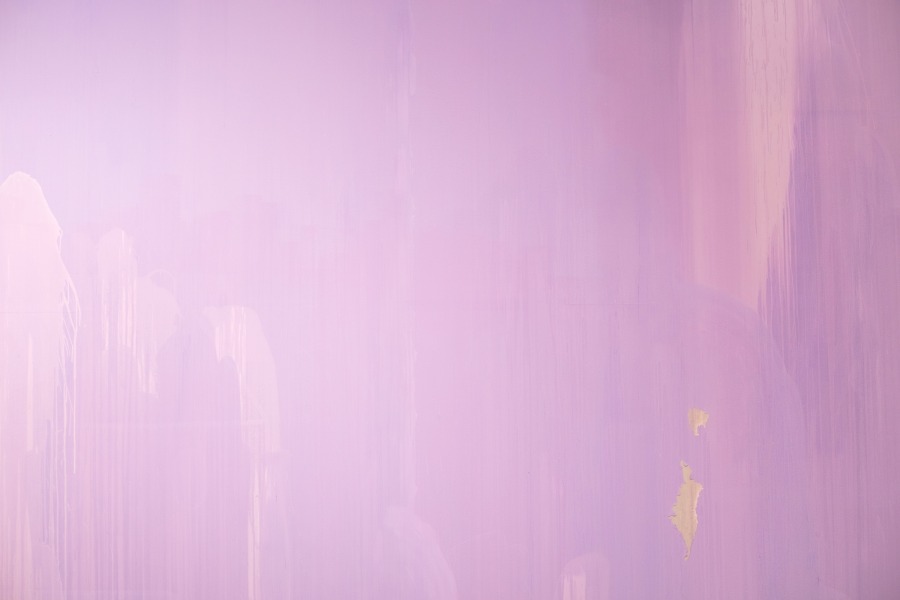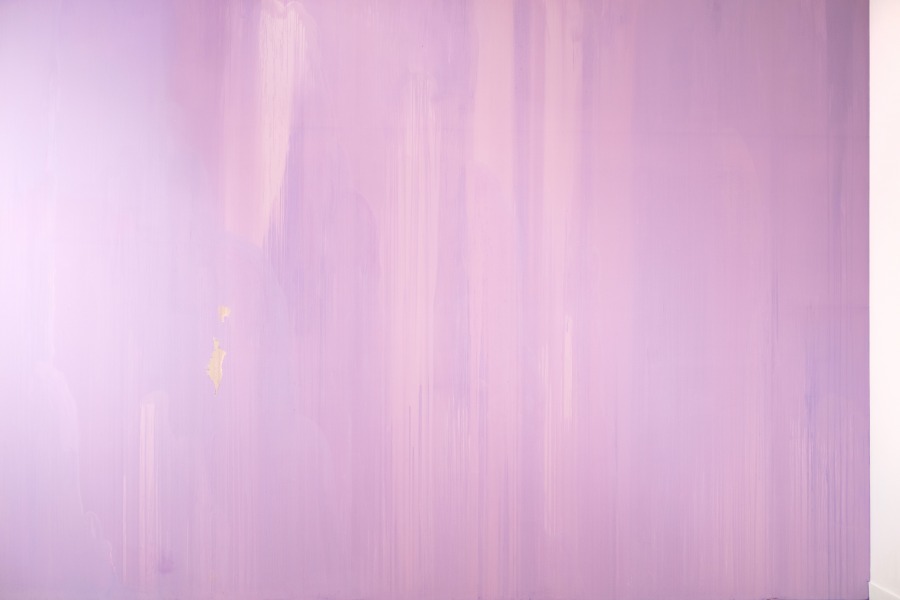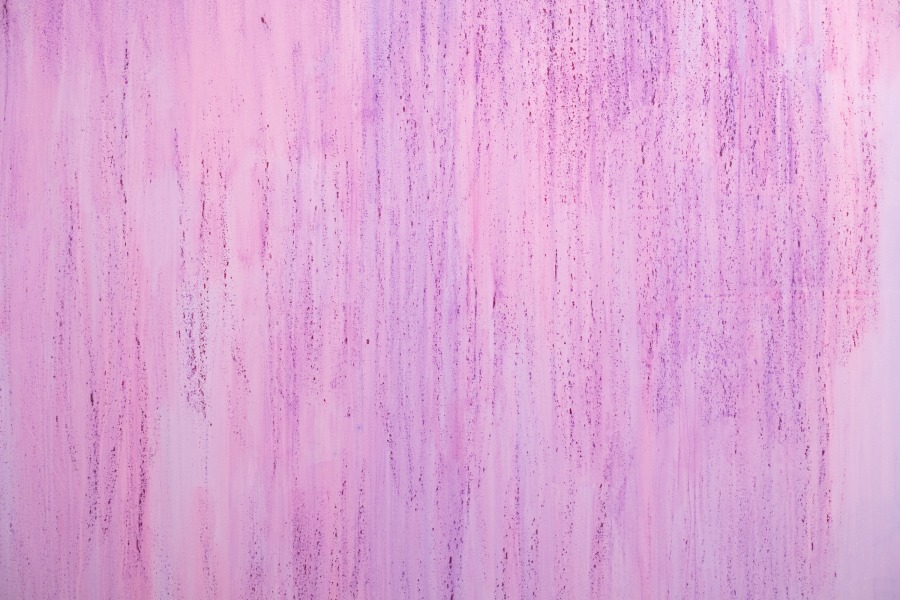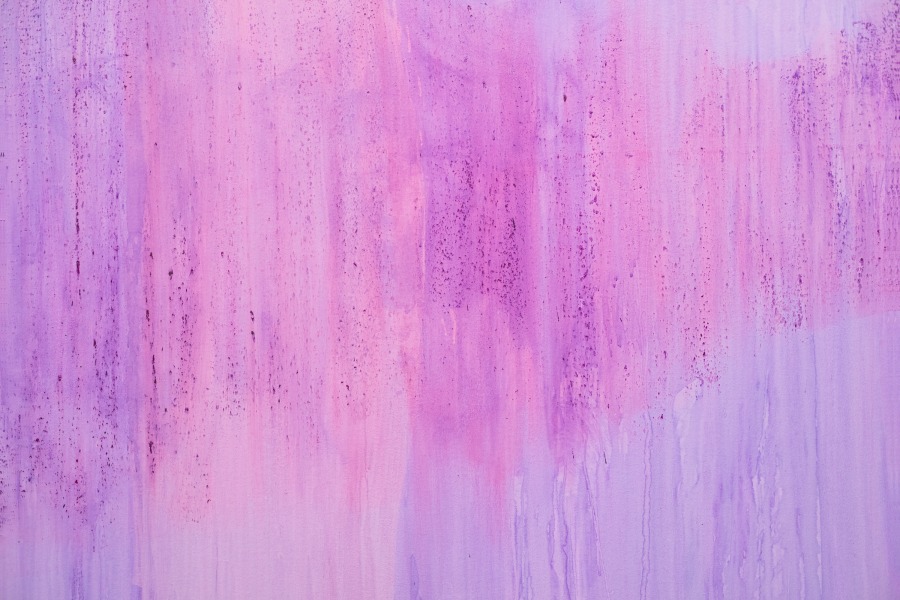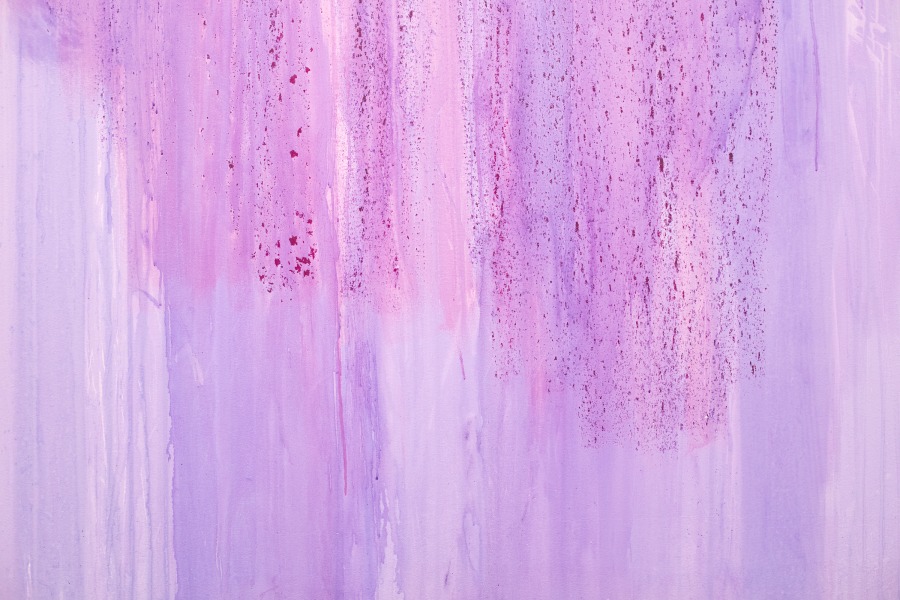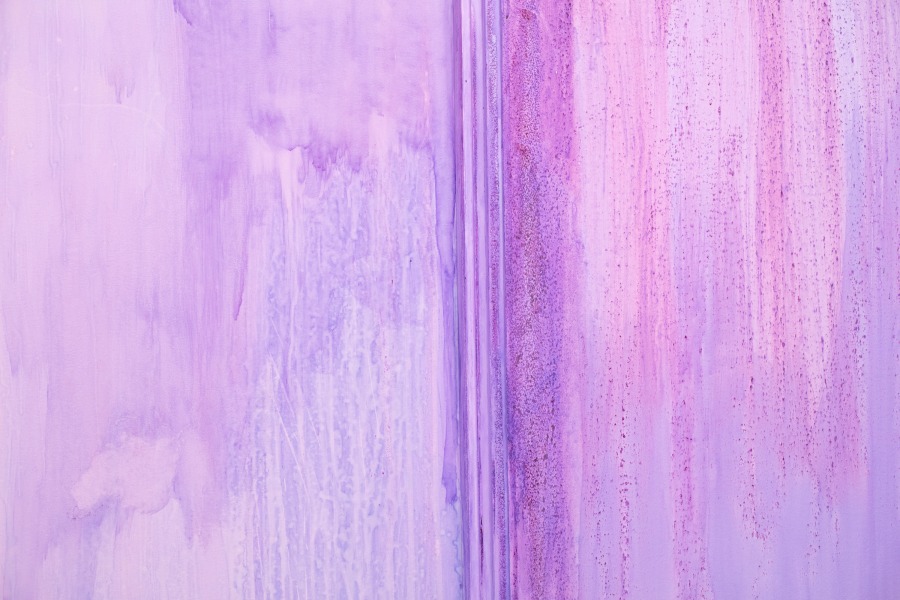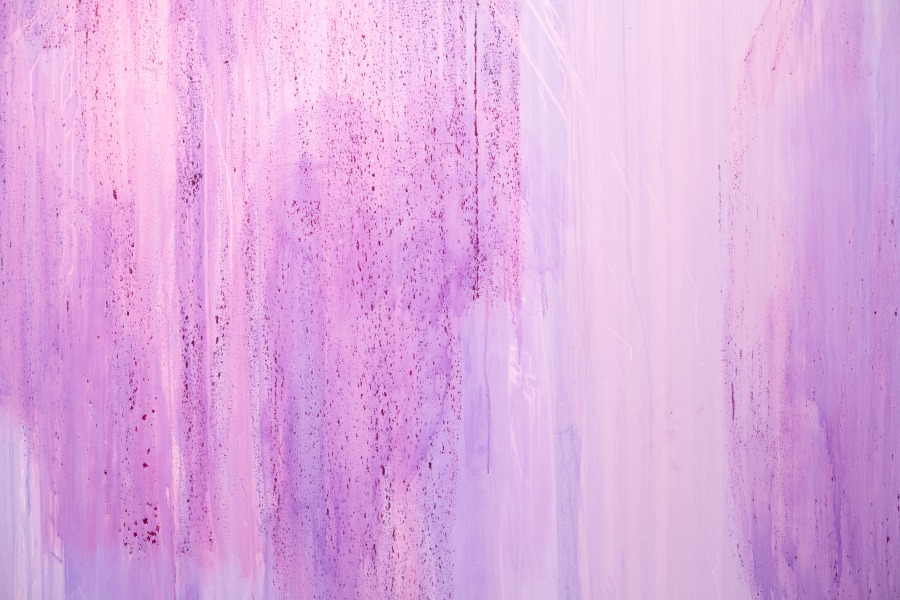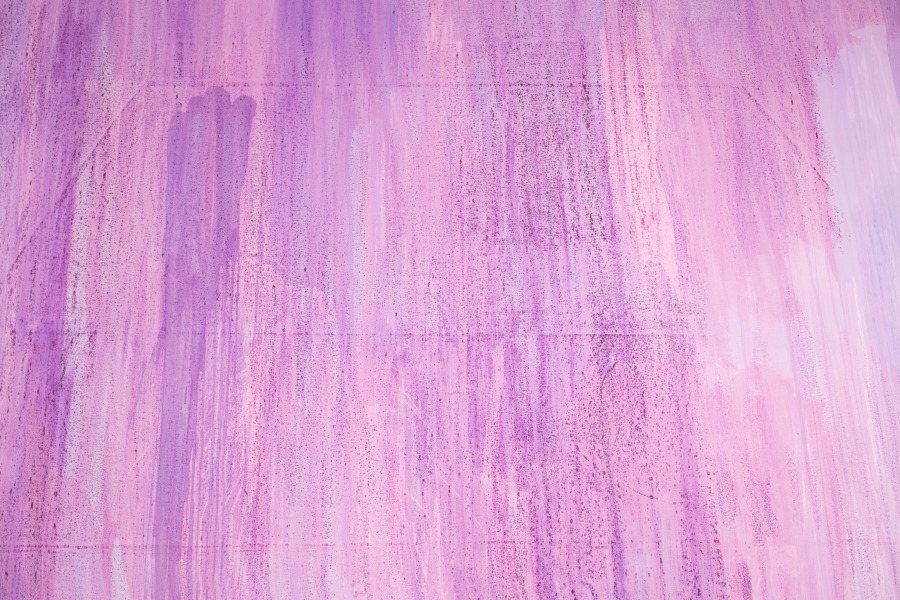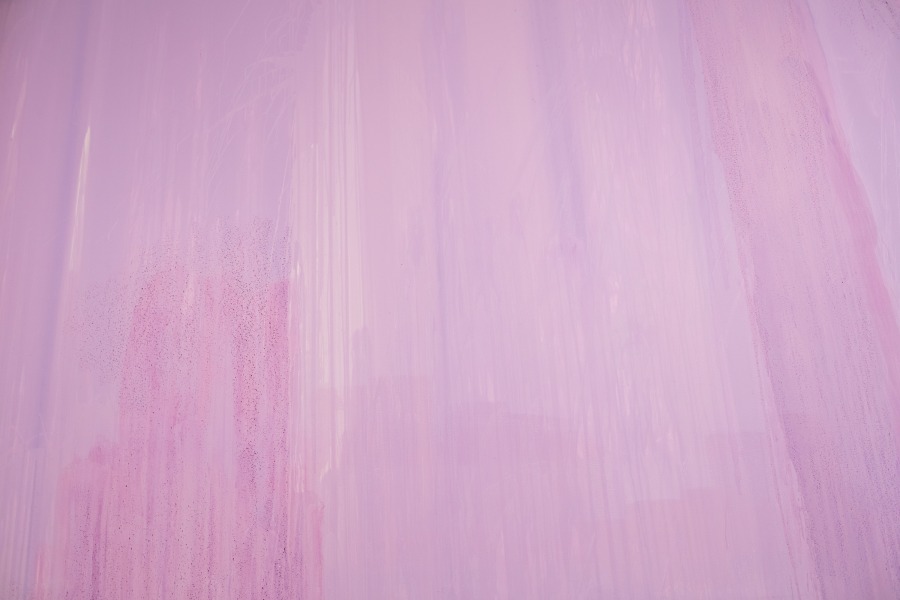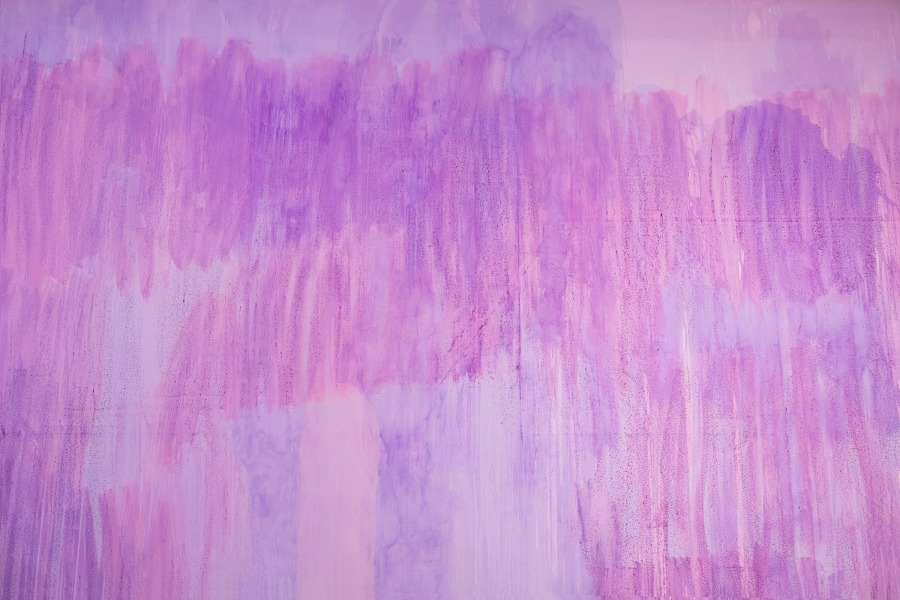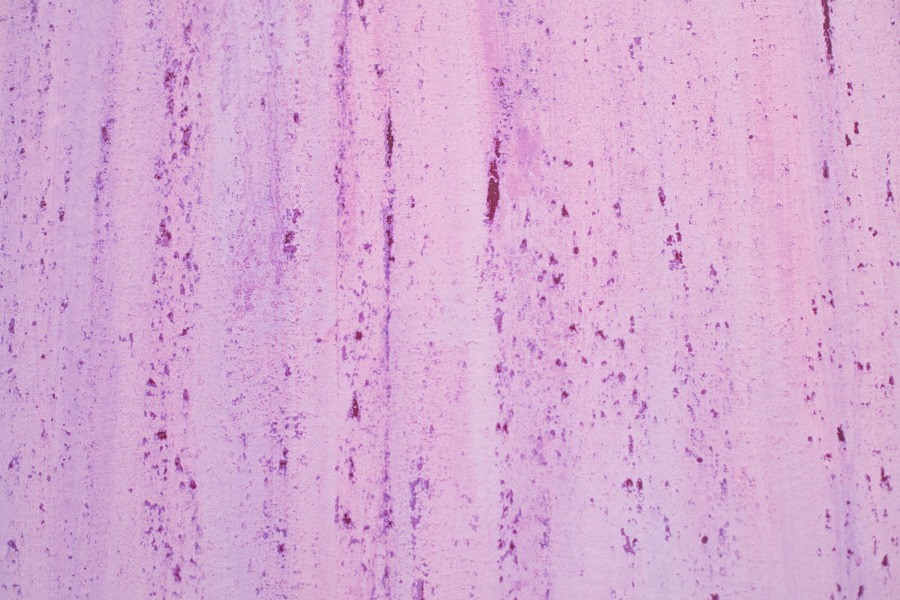MODERNA MUSEET
Stockholm (SWE)
2017
“Manipulate the World: Connecting Öyvind Fahlström”
Group show curated by Fredrik Liew and Goldin + Senneby
Press Release
“Manipulate The World” is a contemporary group show that departs from three historical works by Öyvind Fahlström, Dr Schweitzer’s Last Mission (1964-66), World Bank (1971) and Mao Hope March (1966). These works establish a playing field for the exhibition where Fahlström’s theatrical stagings of fact and fantasy are returned in a contemporary “game” about politics and economy.
The exhibition is divided in two exhibition spaces occupying ground and bottom floors of the museum. The ground floor takes its cue from the installation Dr Schweitzer's Last Mission (1964-66). The work has borrowed its title from the missionary Albert Schweitzer (1875-1965), information and pictures are gathered as fragments and put together as a whole in a scenographical tableau. Even though the work is not strictly a game, the form of it brings to mind game pieces distributed on a surface where fact, fiction, irrationality and psychedelic esoterism are mixed in a story with an open end. In a similar way the exhibition seeks to put in motion the theatrical as a way of relating to the world. In the window less rooms in the bottom floor a staged depot of gold (Öyvind Fahlström’s World Bank, 1971) is the center for a story about the distribution of money and power in the world. Taking its cue from Fahlström’s installation this part of the show is taking form as a “hidden zone”.
(...)
Thu Van Tran’s work consists of three parts, each relating to rubber as a historically important raw material in the colonial exploitation of Vietnam. The large wall painting, made of rubber and a chemical pigment, stains the white wall of the exhibition space and seems to spread infinitely. One of the films projected on the painting shows workers on a plantation in Vietnam belonging to a major tyre manufacturer, the other shows a series of petrified hand gestures relating to dominance. The Hevea tree from which rubber is extruded, is monumentalised in casted sculptures.
(...)

